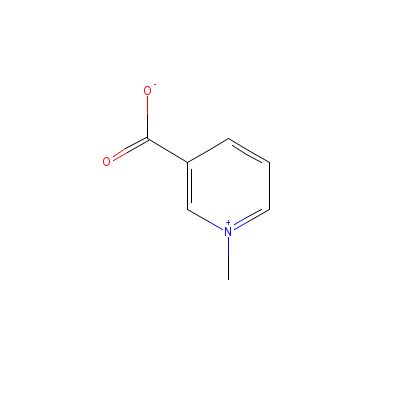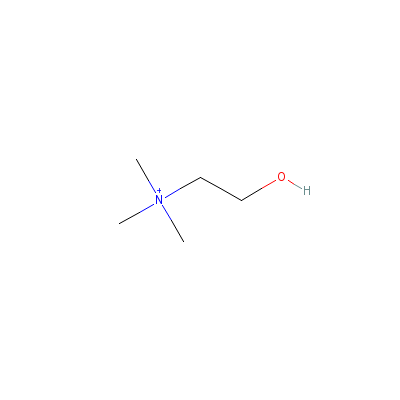Trigonella foenum-graecum L. |
| |
|
|
Botanical Name |
: |
Trigonella foenum-graecum L. |
English
Name |
: |
Fenugreek |
Family |
: |
Fabaceae |
| |
General Info
| Description |
 |
|
An annual herb 1 to 2 feet high, with an erect, slightly branched, cylindrical, hollow, smooth or slightly pubescent stem; root tapering. Leaves alternate on rather long stalks, trifoliolate, stipules ¼ inch long, triangular-acuminate, entire, ciliate, leaflets shortly stalked, articulated to the rachis, oblong-obovate, blunt or emarginate at the apex, denticulate in the upper half, glabrous. Flowers sessile, solitary in the axils of the leaves. Calyx long and narrow, divided about half way down into 5 narrowly lanceolate or linear acuminate teeth, hairy outside, pale green. Corolla papilionaceous, about twice as long as the calyx, pale yellow, standard about ¾ inch long, with a narrow claw and an ovate emarginate blade, wings much shorter, blunt, lower petals united in front to form a very blunt rounded keel shorter than the wings. Stamens 10, free from the corolla, hypogynous, the uppermost filament distinct, the other 9 combined except at their curved-up extremities to form a sheath round the pistil, open above; anthers very small, similar. Ovary smooth or downy, with numerous ovules, style rather long, somewhat faicate, stigma capitate. |
| Herb Effects |
 |
|
Lowers blood pressure, carminative, increases milk production and/or flow, depresses the central nervous system, cardiotonic, aphrodisiac, hypoglycemic, diuretic, hemostatic, antiinflammatory, emmolient, rids the body of impurities and toxins. |
Chemistry
| Active Ingredients |
 |
|
Fenugreekine, trigonelline, choline, C27-steroidal sapogenins and mucilage (seed); sterols and flavonoids (leaf); saponins (leaf and seed). |
| Chemistry
of Active Ingredients |
 |
|
|
 |
Name |
CAS# |
IUPAC Name |
Formula |
Structure |
 |
|
| Trigonelline |
6138-40-5 |
1-methylpyridine-5-c
arboxylate |
C7H7NO2 |

|
| Choline |
67-48-1 |
2-hydroxyethyl-trime
thyl-ammonium |
C5H14NO+ |

|
|
Pharmacology
| Medicinal Use |
 |
|
As a tonic, emollient (in rheumatism, abscesses, boils and ulcers), inflammations in the intestinal tract, bronchitis, increasing the secretion of gastric juices, hemorrhoids, diabetes, diarrhea and in veterinary medicine (as an ointment, emollient). |
| Contraindication |
 |
|
Fenugreek contains estrogen and can stimulate the uterus, therefore it should be avoided while pregnant. |
| Reference |
 |
|
 Chandel et al., Biodiversity in Medicinal and Aromatic Plants in India. Chandel et al., Biodiversity in Medicinal and Aromatic Plants in India.
The Himalaya Drug Company.
Bentley and Trimen, Medicinal Plants.
Stary, Medicinal Herbs and Plants.
Sharma, Classical Uses of Medicinal Plants. |
Dealers
Products
|
|